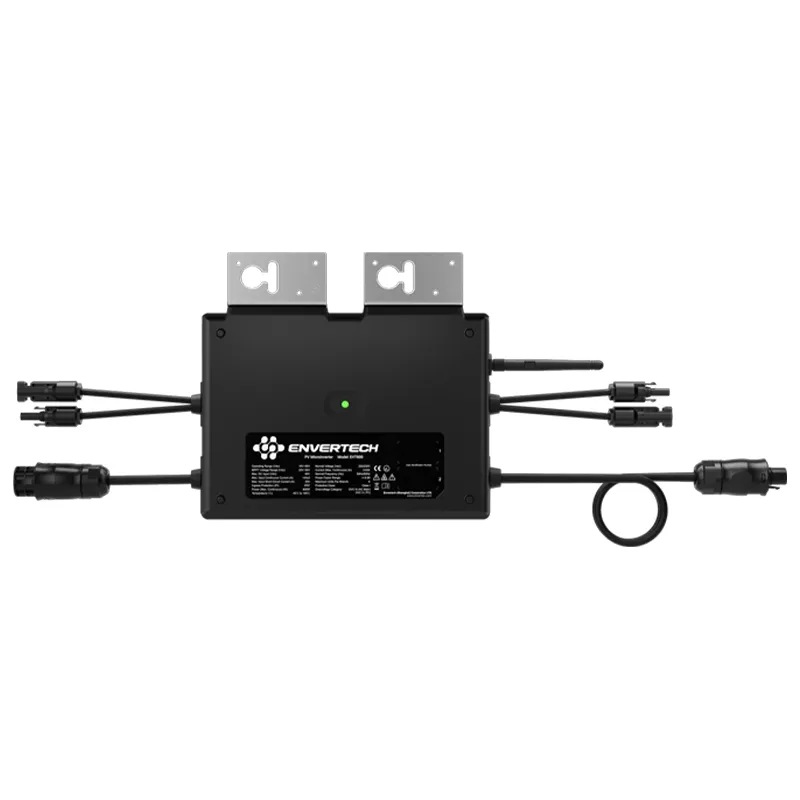size of a 300 watt solar panel
Understanding the Size of a 300 Watt Solar Panel
As solar energy continues to revolutionize our approach to renewable energy, understanding the specifications and dimensions of solar panels becomes increasingly vital for residential and commercial solar energy projects. One common type of solar panel on the market is the 300-watt solar panel. But what does 300 watts imply in terms of size, efficiency, and installation? This article delves into the details regarding the dimensions and considerations surrounding 300-watt solar panels.
The Basics of Wattage
First, it’s important to clarify what wattage signifies. The wattage of a solar panel refers to its power output under ideal conditions. A 300-watt solar panel can produce a maximum of 300 watts of electricity when exposed to optimal sunlight, typically defined as 1000 watts per square meter (the standard testing condition). Therefore, the wattage rating helps users determine how many panels are necessary to meet their energy needs.
Dimensions of a 300-Watt Solar Panel
The physical size of a 300-watt solar panel varies by manufacturer and the technology used in the panel, but most fall within a range of dimensions. Typically, a standard 300-watt solar panel measures approximately 65 inches in length and 39 inches in width. This translates to roughly 1.65 meters by 1 meter. Given these dimensions, a 300-watt solar panel usually occupies an area of about 17.5 square feet (approximately 1.63 square meters).
It’s essential to consider the thickness of the panels as well. Most modern solar panels, including those in the 300-watt category, tend to be about 1.5 to 2 inches thick. This thickness is crucial for durability and lifespan, as it helps protect the photovoltaic cells from environmental elements.
Efficiency and Technology
size of a 300 watt solar panel

The efficiency of solar panels varies depending on the technology used. Most 300-watt panels use either monocrystalline or polycrystalline silicon solar cells. Monocrystalline panels tend to be more efficient, typically ranging from 17% to 22% efficiency, while polycrystalline panels are often slightly less efficient, sitting within the 15% to 20% range.
This efficiency rate affects how much energy the panel can produce relative to its size. Higher efficiency means that less physical space is required to generate the same amount of electricity, making monocrystalline panels a favored choice for roofs with limited space.
Installation Considerations
When planning the installation of 300-watt solar panels, it’s imperative to consider not only the panel size but also the mounting system and rooftop orientation. The installation area must accommodate the panel dimensions while allowing for proper spacing to avoid shading, which can significantly reduce performance.
For typical residential installations, roof sizes are generally sufficient to accommodate several panels. Understanding the total wattage required for your home is essential. For example, if your household consumes around 900 kWh per month, you would need approximately three 300-watt solar panels to generate enough energy to meet that demand, assuming optimal sunlight conditions.
Conclusion
In summary, the size of a 300-watt solar panel is typically around 65 inches by 39 inches, occupying about 17.5 square feet of space. These panels are crucial for generating renewable energy, and appropriate planning is vital for maximizing efficiency and meeting energy needs. Whether you're considering a solar power system for residential or commercial use, understanding the dimensions and wattage will help you make informed decisions regarding your investment. As technology progresses, the efficiency and size of solar panels will continue to evolve, creating more opportunities for utilizing solar energy effectively.
-
String Solar Inverter: The High-Efficiency Solution for Smart Solar EnergyNewsJul.14,2025
-
Revolutionizing Rooftop Energy with the Power of the Micro Solar InverterNewsJul.14,2025
-
Power Independence with Smart Off Grid Solar Inverter SolutionsNewsJul.14,2025
-
On Grid Solar Inverter: Powering the Future with Smart Grid IntegrationNewsJul.14,2025
-
Monocrystalline Solar Panels: High-Efficiency Power for the Future of Clean EnergyNewsJul.14,2025
-
Bifacial Solar Panel: A Smarter Investment for Next-Generation Energy SystemsNewsJul.14,2025







